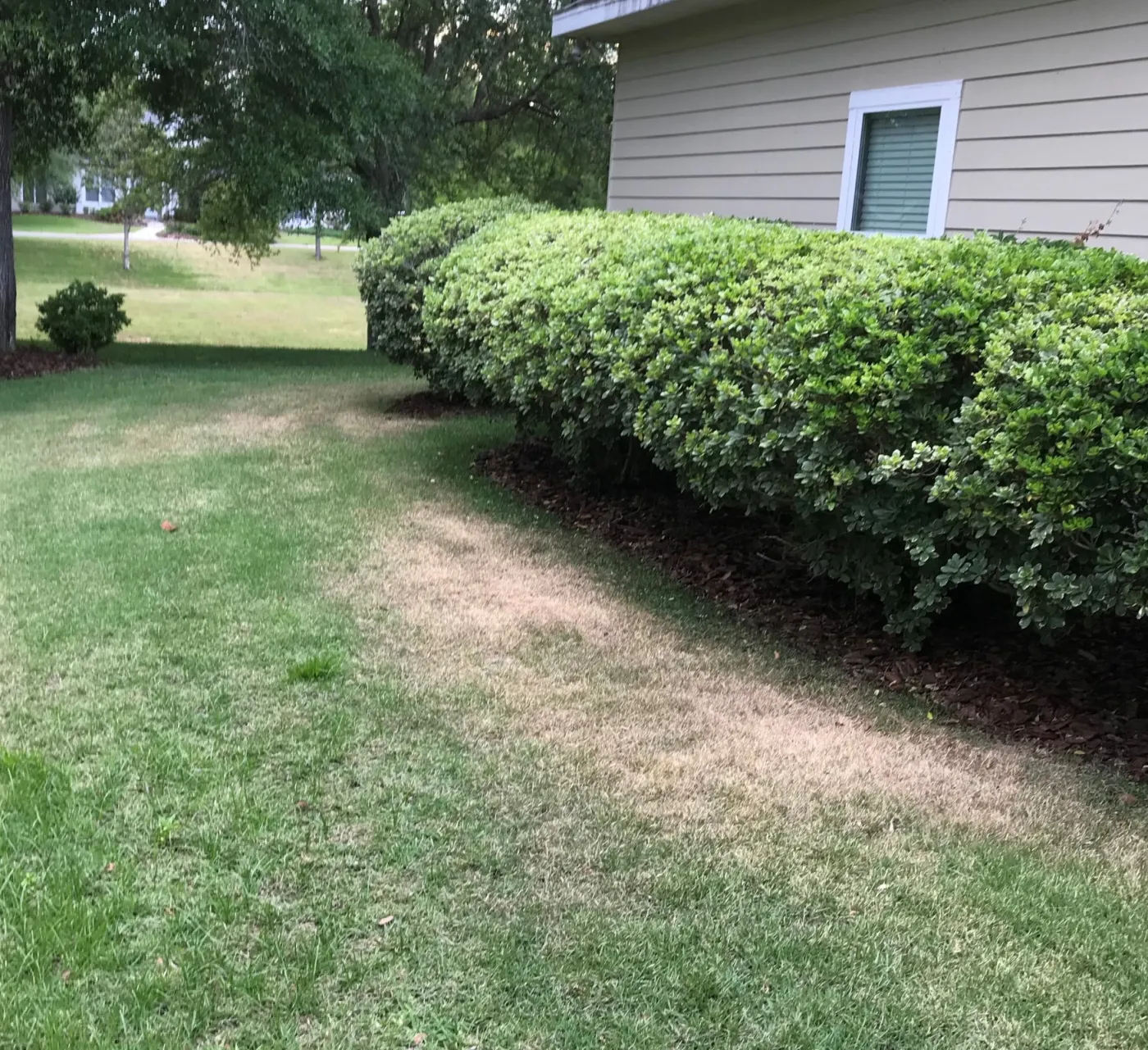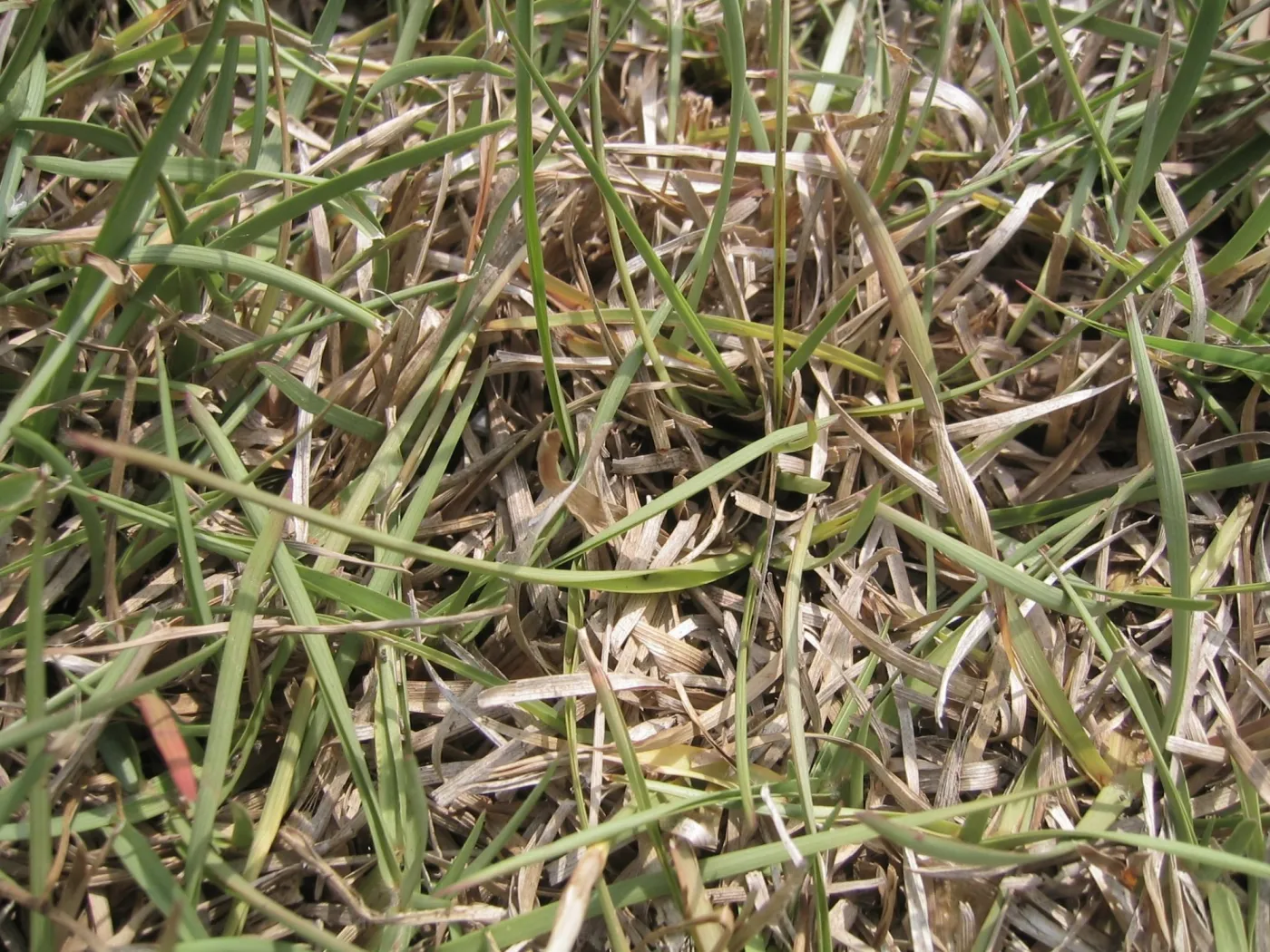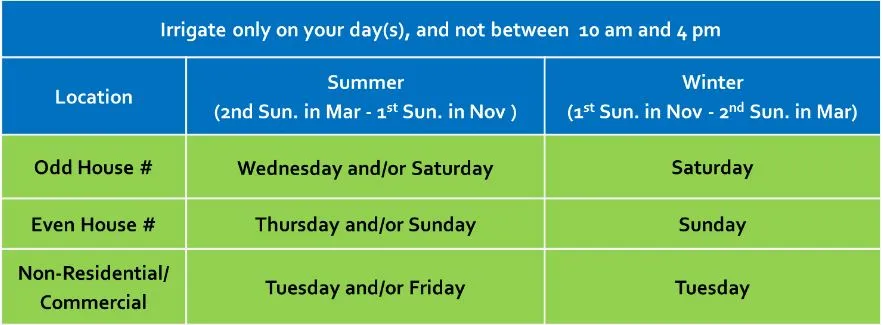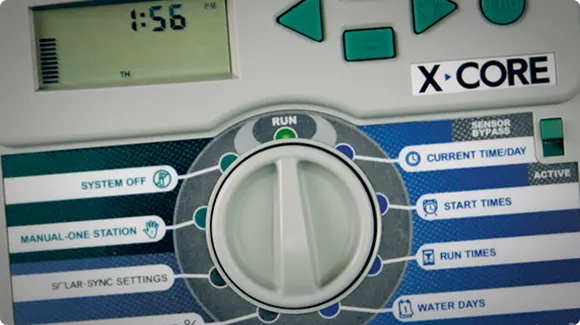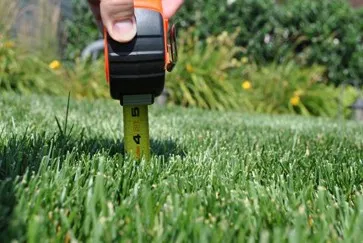July is the perfect time to take stock of your water use and see what changes can save resources and money. Smart Irrigation Month promotes the social, economic, and environmental benefits of efficient sprinkler techniques in your Gainesville lawn and landscape. Led by the Irrigation Association, Smart Irrigation Month gives you the opportunity to make real changes to your water use that can positively affect the environment as well as your GRU water bill.
The Master's Lawn Care can help.
Irrigation Analysis
Finding out how your sprinkler system is performing will allow you to make strategic decisions when investing in upgrades. Our irrigation professionals will review your system, explain water use vs. actual plant needs, and present options for improvement. This gives you the opportunity to weigh costs against future savings so you can make decisions that directly impact your monthly water bill.
Smart Irrigation Technology
Irrigation technology is changing at a rapid pace. Sometimes upgrades to your current system can produce real savings as well as healthier plants. Our irrigation experts are trained on water-saving technology as it is released and can make recommendations for you based on what is proven to be effective. Here a couple upgrades we have done just this month!
- Upgrading a client in Haile from high-volume heads to MP Rotator nozzles that use 50% less water
- Installing Weather Sensors that are linked to the client's WiFi Network reading weather patterns and adjusting your schedule to your lawn and landscape's needs.
- Drip Irrigation tubing in landscape beds instead of spray heads causing wasted water and runoff.
- Smart Controllers that can be controlled from your phone or tablet.
Sustainable Enhancements
Keep your plants healthy long-term while saving water. By converting turf to Florida-friendly plants, installing drought-tolerant turf such as Zoysia, and utilizing Alachua County's Turf Swap Program, you can count on some significant savings. Our teams can design a water-wise enhancement that fits the aesthetic you are looking for, whether it's a large- or small-scale project.




